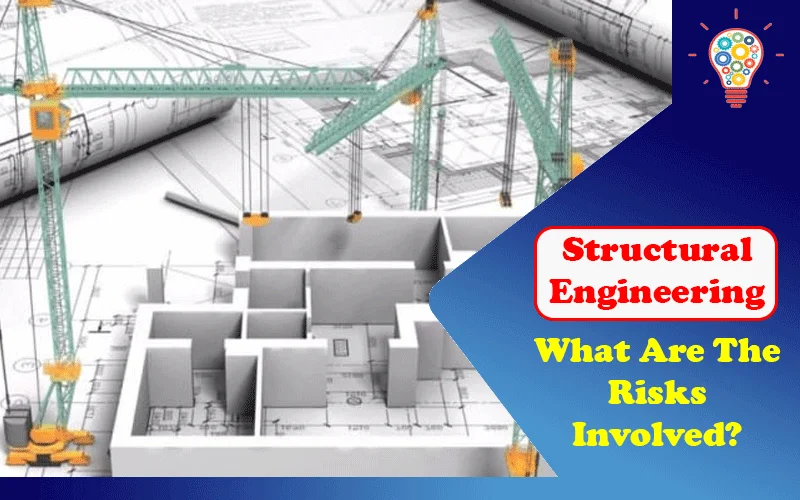Civil engineering is the driving engine behind modern-day construction as we know it. In the UK alone, the market size is estimated at $34.1bn which helps to support the livelihood of thousands of highly skilled workers. Funded by both the private and public sectors, this industry helps to drive change in the skyline and helps to drive construction standards forward.
Table of Contents
What Is Structural Engineering?
Structural engineering is a sub-discipline to civil engineering. Responsible for the overall structural safety of modern-day construction, these engineers apply their knowledge of physics and mathematics to ensure the project is stable and safe for its desired purpose. A fundamental aspect of all construction projects in 2021.
Structural Engineering Risk
The greatest challenge for structural engineering in 2021 is that clients desire highly complex building designs that stand out from the crowd. Large-scale office projects for the private sector push for their new build to be the latest and greatest in the city, making it increasingly difficult for structural engineers to guarantee the safety of the structure.
In the following section, we will be breaking down some of the most common forms of risk structural engineering businesses face. The goal, to help businesses protect themselves from this risk and avoid claims.
Third-Party Claims
The most common form of insurance claim is made by a third party. Whether it be a client who is unsatisfied with the work completed or an accident that is perceived to be the fault of the structural engineer, this risk must be managed correctly. It’s in everyone’s interest to make sure that the project runs smoothly from start to finish but if mistakes are made there is a chance that these claims may impact your business.
Employment Injury
With the nature of structure engineering requiring frequent visits to construction sites, there is always going to be a risk that a member of the team becomes injured at work. A work-related injury is extremely common within all aspects of civil engineering and even with the best PPE, this injury can result in claims being made against the business if the employee does not believe they are at fault.
Professional Advice
Structural engineering is not always as straightforward, there are many times where you must advise the best possible solution and let your client decide from there. With this advice comes a great risk if there were to be anything that goes wrong. Even taking the time needed to make sure that every bit of advice offered is correct there are still going to be events where clients receive this to be the wrong advice.
Protecting Your Business
Keeping your business protected from these common types of risks is simple, all you require is a dedicated structural engineering insurance policy that has been tailored to meet the specific needs and requirements of your business.
Structural engineer insurance helps to protect your business by providing cover against all of the most common types of claims. The insurance policy will often include products such as public liability insurance, employers liability insurance, and structural engineering professional indemnity insurance. The combination of these insurance products should help provide complete protection from claims made against a third party and employees.
By protecting your business from these events you gain total peace of mind that you are covered at all times. As a business, you can then focus on completing the day-to-day work without having to waste time dealing with unnecessary claims and the potential financial impact these claims can have upon the business.
Read Also: 7 Career Pathways For Engineers And Their Worldwide Scope

